As we live in an increasingly digital world and the throwaway society, seeking craft means seeking a more connected relationship between makers and users, and recovering the human element in the context of designing and making things. Gabriel Tan, the founder and creative mind behind the Origin brand does just that – he brings people closer to the objects they own and connects them to their makers. Tan curates a line of contemporary objects that have been proudly made in Portugal by international designers and artisans together, re-examining design practices and consumption in contemporary culture. Through his design collaborative in Porto, he strives to bring a greater sense of tactility back to everyday life and deepen the relationship between people and their possessions. By sharing the wealth of knowledge and skills of Portuguese craftsmen, Origin seeks to support the preservation and development of the uniqueness of crafts in the context of mass production and consumption, while reviving “humanism” in contemporary design. Today, Origin is about Portugal, but tomorrow, it could be any other country rich in craft and culture. Gessato gets behind the design with Gabriel Tan.
More Behind the Design
Describe your relationship with Porto and Portugal?
I first visited Porto and Portugal seven years ago and ended up being amazed by the landscapes and the people. More importantly, I encountered Portuguese artisans and workshops that are fully committed to their craftsmanship, producing objects in traditional ways. It left a deep impression on me. What I like about Portugal can be summed up in their sense of balance. While tradition still holds a prominent place in people’s hearts, Portugal is also a rare place in the world where progressives win in terms of social and economic policy and environmental awareness.
How and why did you decide to start Origin?
I started working on Origin in 2017 and showed the first collection at Stockholm Design Week 2019. However, the very beginnings of Origin were planted when I first visited Portugal in 2014 with no specific intentions other than to enjoy the beaches and do some sightseeing. During my vacation, I visited several workshops and factories and discovered that quite a few of my clients and design brands I was familiar with were manufacturing their products in Portugal, but not many people knew about that. I saw the potential to create a collection of contemporary objects proudly made in Portugal, sharing the true Origin of these products and the stories of people who made them. I was also looking for a place in Europe to base my design practice at the time, so I decided to set up my base in Porto. Hence it was the right moment to start Origin and create a project and brand I believe in for handcrafted objects.
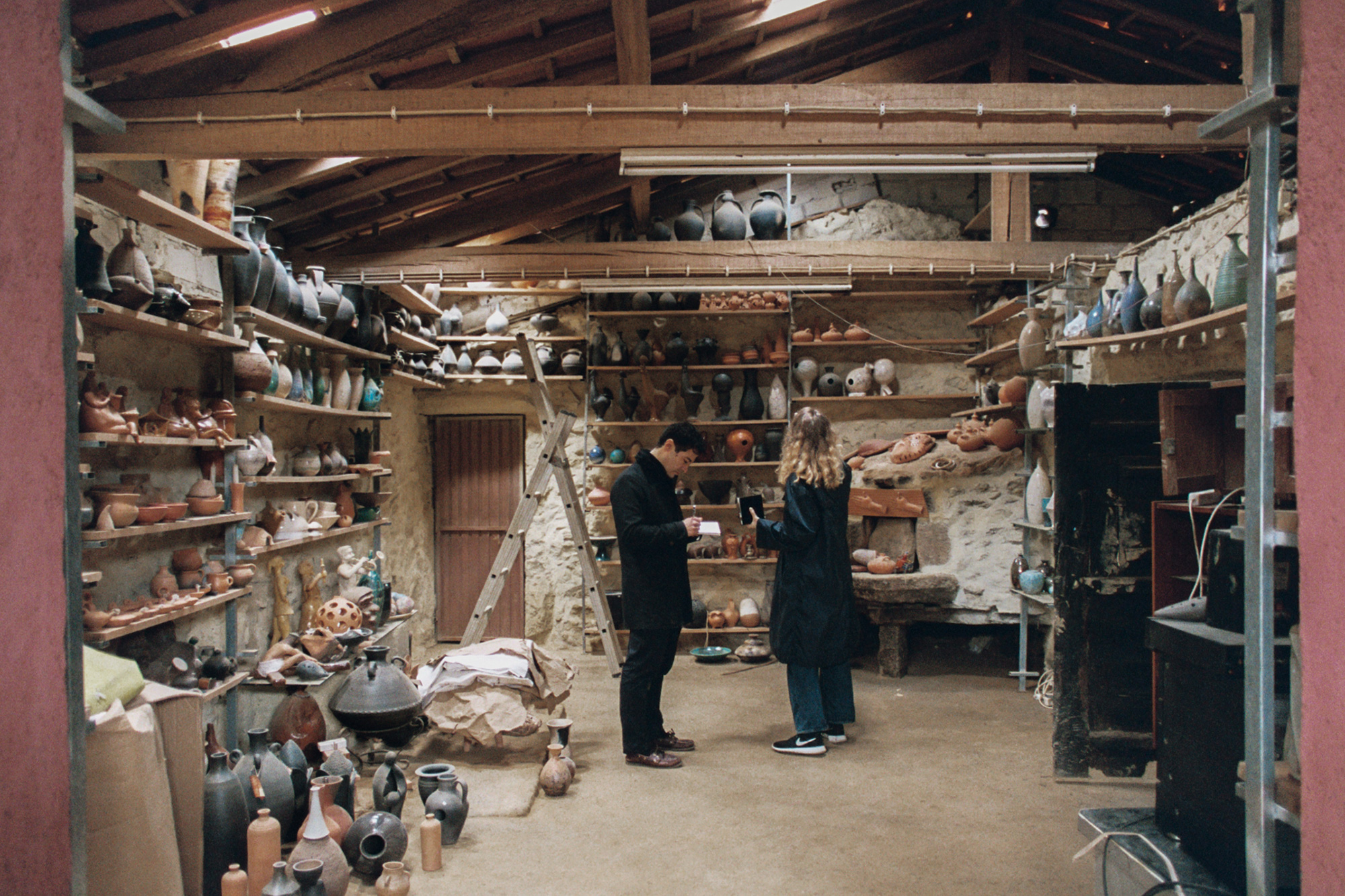
What are you striving for with Origin?
I wish to create an intellectual brand that makes people rethink their relationship with the objects they own. Analog love, love for natural materials, and handmade products is something I feel strongly about because it allows us to reconnect with nature and our senses. I also wish to acknowledge the person who actually made the product, be it a craftsman, workshop founder, or machine operator. As a designer, I feel that we are often given too much attention to our designed products. Yet, the names of the craftsmen, the technicians, or makers of the objects are almost always invisible. I wanted to give them more visibility with Origin, to give credit where it was overdue. I also wanted to provide a platform to other designers, both Portuguese and international, and not just design everything on my own.
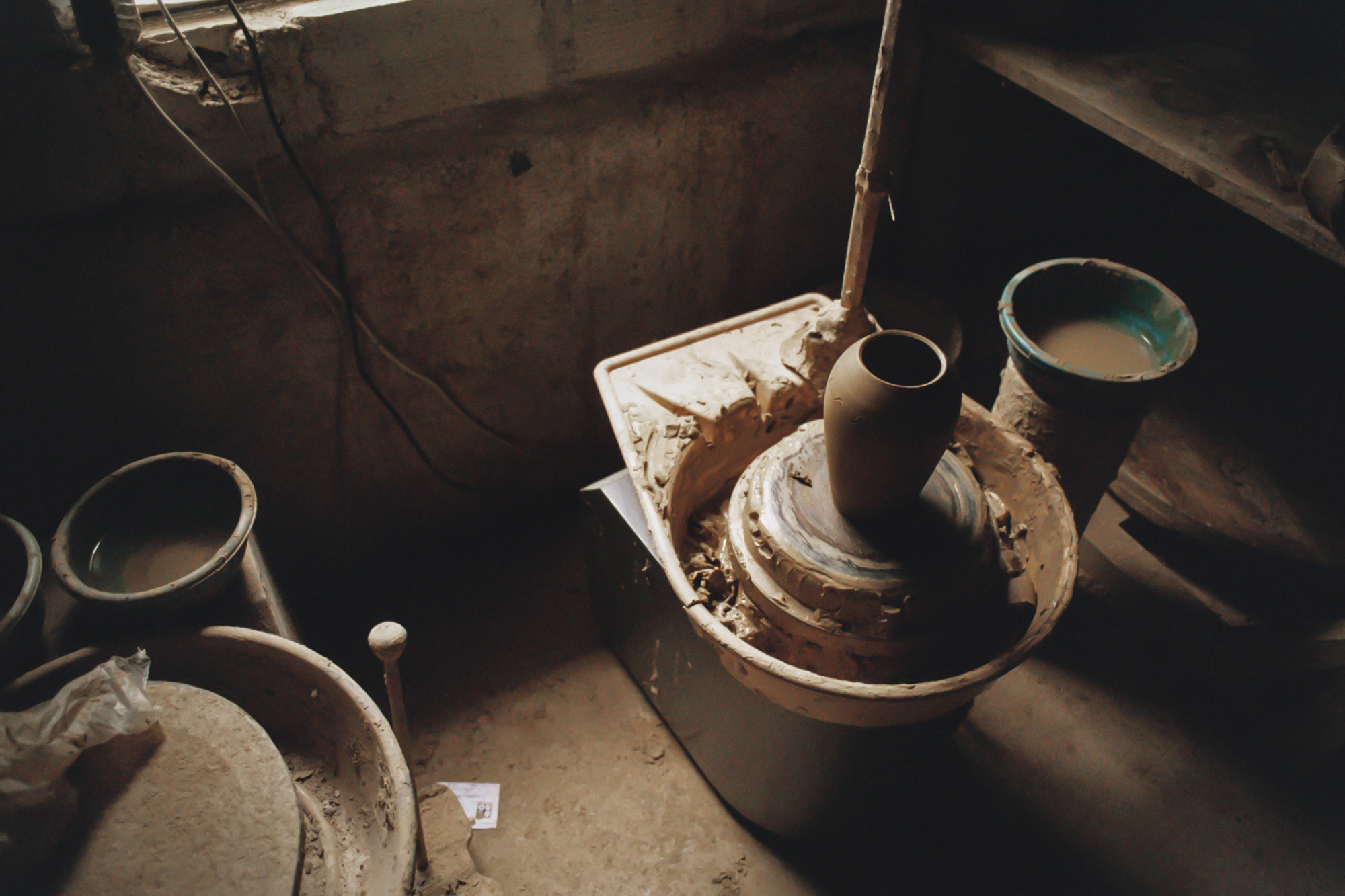
Why do you think it’s important to preserve heritage craftsmanship practices? Why do you believe crafts matter?
The importance of heritage craftsmanship practices is not just in the object or the culture itself but rather the wealth of knowledge and skills transmitted through it from one generation to the next. The social and economic values of transmission of knowledge are very much relevant today as more time-consuming ways of producing objects are being thrown aside for faster factory and machine-produced items. Yet, craftsmanship is something that is honed over many years of practice, and this intimate relationship between the craftsman and his choice of raw material is not easy to replicate. It is sweat and tears and skills that have been cultivated for decades resulting in items of beauty and wonderment.
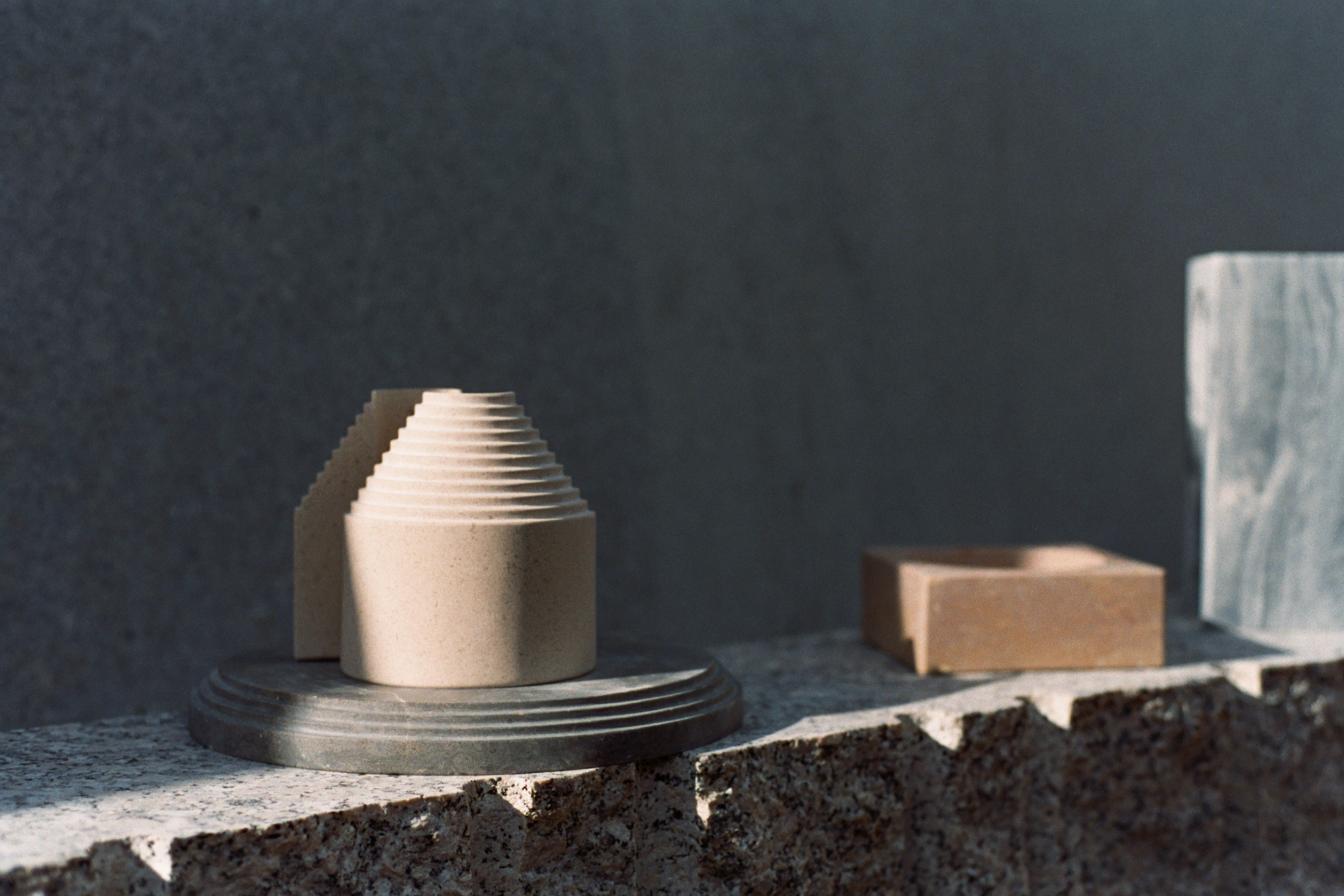
Human touch and human relationships seem to be at the core of Origin. Do you think that contemporary design needs recovery of the human element?
With the advent of AI and other technological advances, manufacturing and even something like design can be automated by machines. Often, these mass-produced items have a bit of a lack of a soul because every piece is identical and perfect. Beyond serving certain functions, these factories and machine-produced objects do not bring a great sense of joy nor evoke strong emotional qualities. Origin aspires to bring a greater sense of tactility to everyday life and deepen the relationship between people and their objects, which requires that human element.
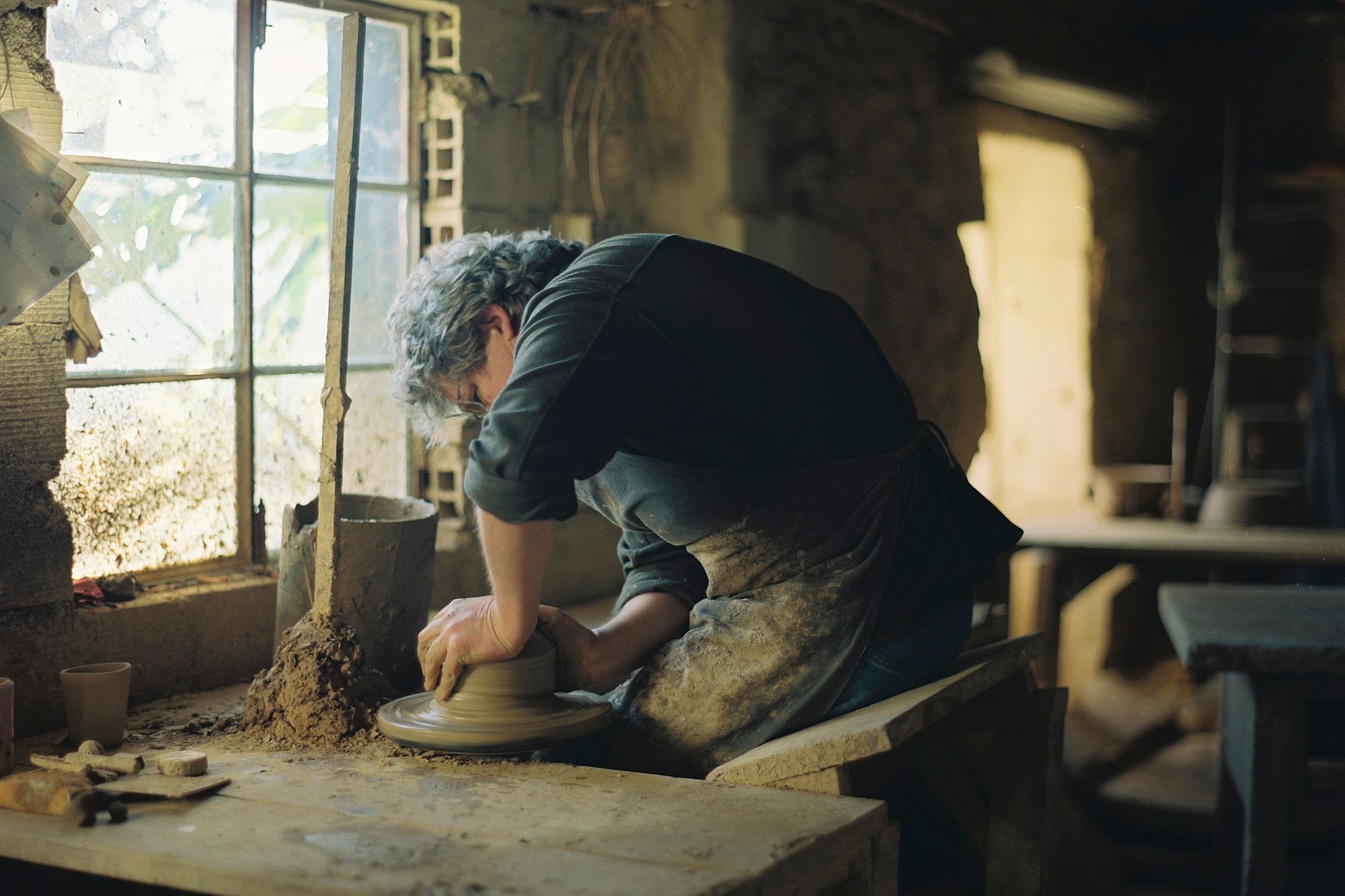
Where does your design approach sit within a world of mechanized fabrication, mass-production, and single-used objects?
Materials that are rough in texture, natural imperfections, or handmade objects that are unique from one another are beautiful to us. Design is a creative process that cannot be entirely replaced with technology, at least not yet. Each Origin piece is unique and permeates individuality through finger marks in clay or uneven glazing due to the firing process.
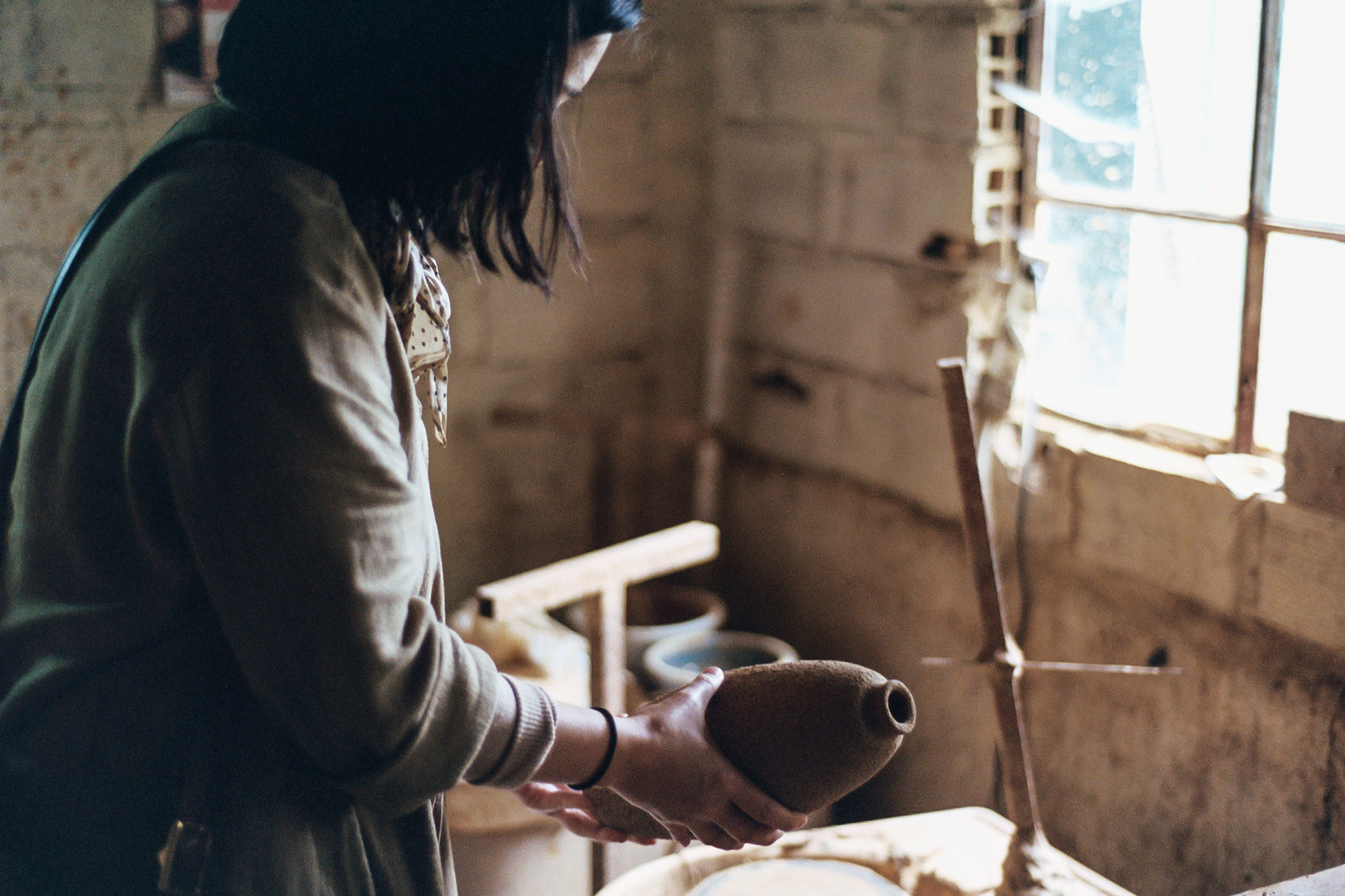
Can it hold up as an economically viable model today?
Yes. I believe so. Design has a role to play in helping in the revival of traditional crafts at risk of dying out. Interesting design ideas that respect the artistry of heritage crafts can help make a new generation come to appreciate what they have and not just see it as outdated or something from the past, thus revitalizing a languishing tradition; new products can be developed which will create or sustain livelihoods. Collaborative innovation between designers and craftsmen can be a very useful and real means of expanding the craft vocabulary and for tapping contemporary markets.
In what direction, in your opinion, is today’s design going?
In the past years, the interiors industry was more about thematic movements and era revivals. With Covid-19 and the threat of global warming, this could force the hand of both companies and designers to rethink, challenge, and evolve. Designers and brands will need to be more contemplative before putting a new product on the market, choosing quality over quantity. Responsible sourcing and production methods, such as those that sustain the livelihoods of underprivileged communities and ethical considerations will play a more significant role in companies as a result of greater empathy and environmental/social responsibility.





